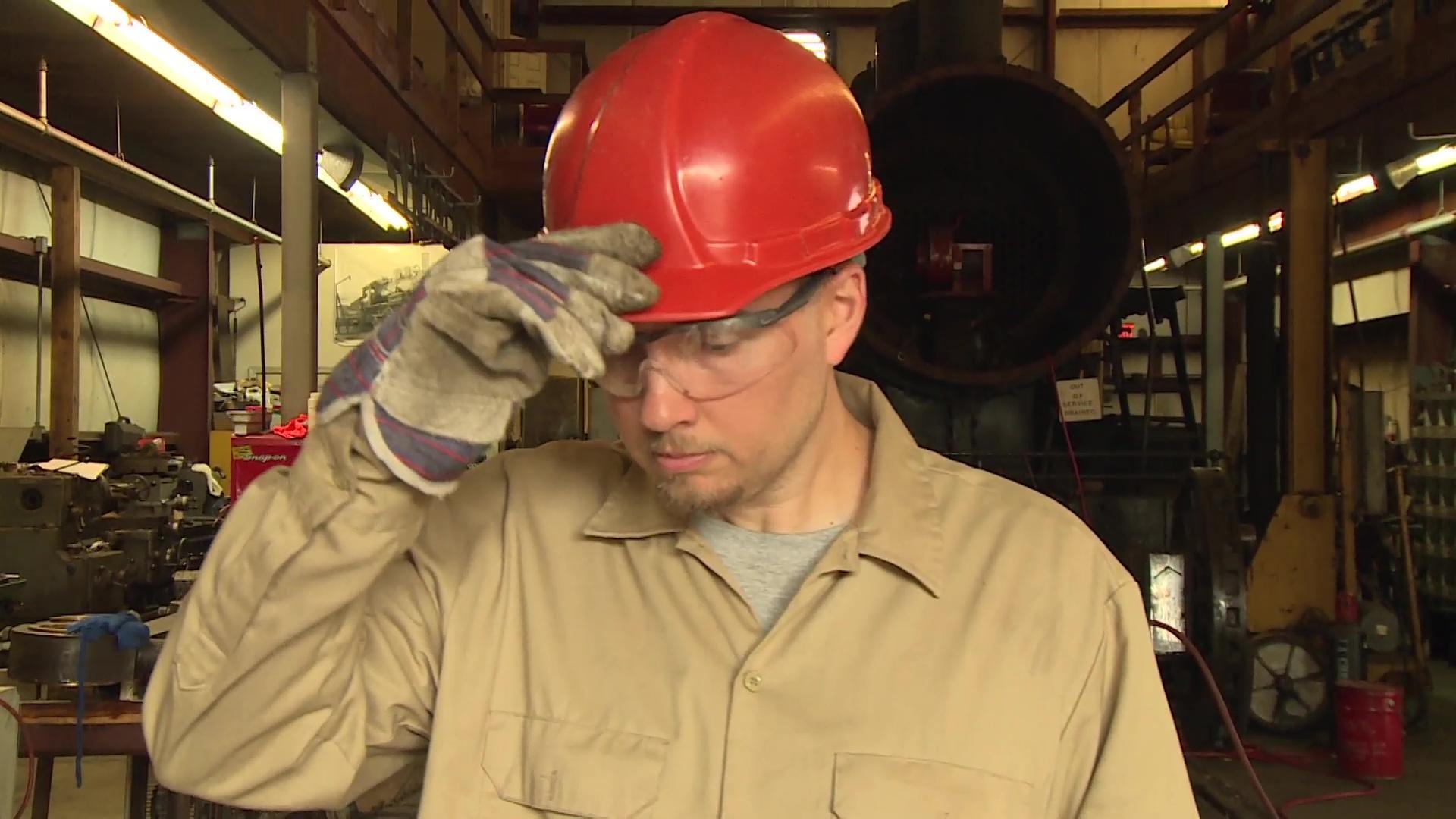Construction sites can be hazardous places, and it’s important for businesses to ensure that their employees are properly trained and oriented to work safely on the job. Safety orientation is a critical step in preventing accidents and injuries, and it’s essential for businesses to take the time to properly train their employees and establish a culture of safety on the job site.
To help businesses create a safe and healthy work environment, here are some tips for conducting a safety orientation in construction environments:
- Develop a comprehensive safety program: A comprehensive safety program should include policies and procedures, training materials, and guidelines for safe work practices. This will provide a clear roadmap for workers to follow and help ensure that everyone on the job site knows the potential hazards and how to mitigate them.
- Identify potential hazards: Before starting a job, take the time to identify any potential hazards and assess the risk they pose to workers. This includes identifying the types of equipment and tools that will be used, as well as any potential hazards associated with the work environment (e.g., heights, confined spaces, etc.).
- Provide training and resources: Make sure your workers are properly trained on how to use the equipment and tools they will be working with, as well as how to identify and mitigate potential hazards. Please provide them with the necessary resources, such as personal protective equipment, to help keep them safe on the job.
- Establish clear communication channels: It’s important for workers to know who to contact in case of an emergency or if they have any safety concerns. Establish clear communication channels and ensure everyone knows who to report to in the event of an issue.
- Regularly review and update safety protocols: Safety protocols should be regularly reviewed and updated to ensure they are current and effective. This may include additional training for workers or updated policies and procedures as needed.
- Involve workers in the safety process: Involving workers in the safety process can help build buy-in and encourage everyone to be more proactive in identifying and addressing potential hazards. Encourage workers to speak up if they see something that could be potentially dangerous and make sure their concerns are taken seriously and addressed promptly.
- Use visual aids: Visual aids can be an effective way to communicate important safety information to workers. Consider using posters, videos, or other visual materials to help illustrate key points and make them easier to remember.
- Practice emergency drills: It’s important to practice them so that everyone on the job site knows what to do in the event of an emergency. This can include evacuations, first aid procedures, and other emergency protocols.
- Foster a culture of safety: Creating a culture of safety involves more than just providing training and resources – it’s about establishing a mindset that safety is a top priority for everyone on the job site. Encourage open communication and make it clear that safety is the responsibility of everyone on the team.
- Monitor and assess safety performance: Regularly monitor and assess safety performance to identify areas for improvement and make sure that safety protocols are being followed. This may involve collecting data, conducting safety audits, or using other methods to measure performance and identify trends.
By following these tips, businesses can ensure that their employees are properly trained and oriented to work safely on the job. This can help reduce the risk of accidents and injuries and create a healthier and more productive work environment.
Do you need Online Construction Safety Training?
Try a free demonstration of Safety Orientation in Construction Environments










